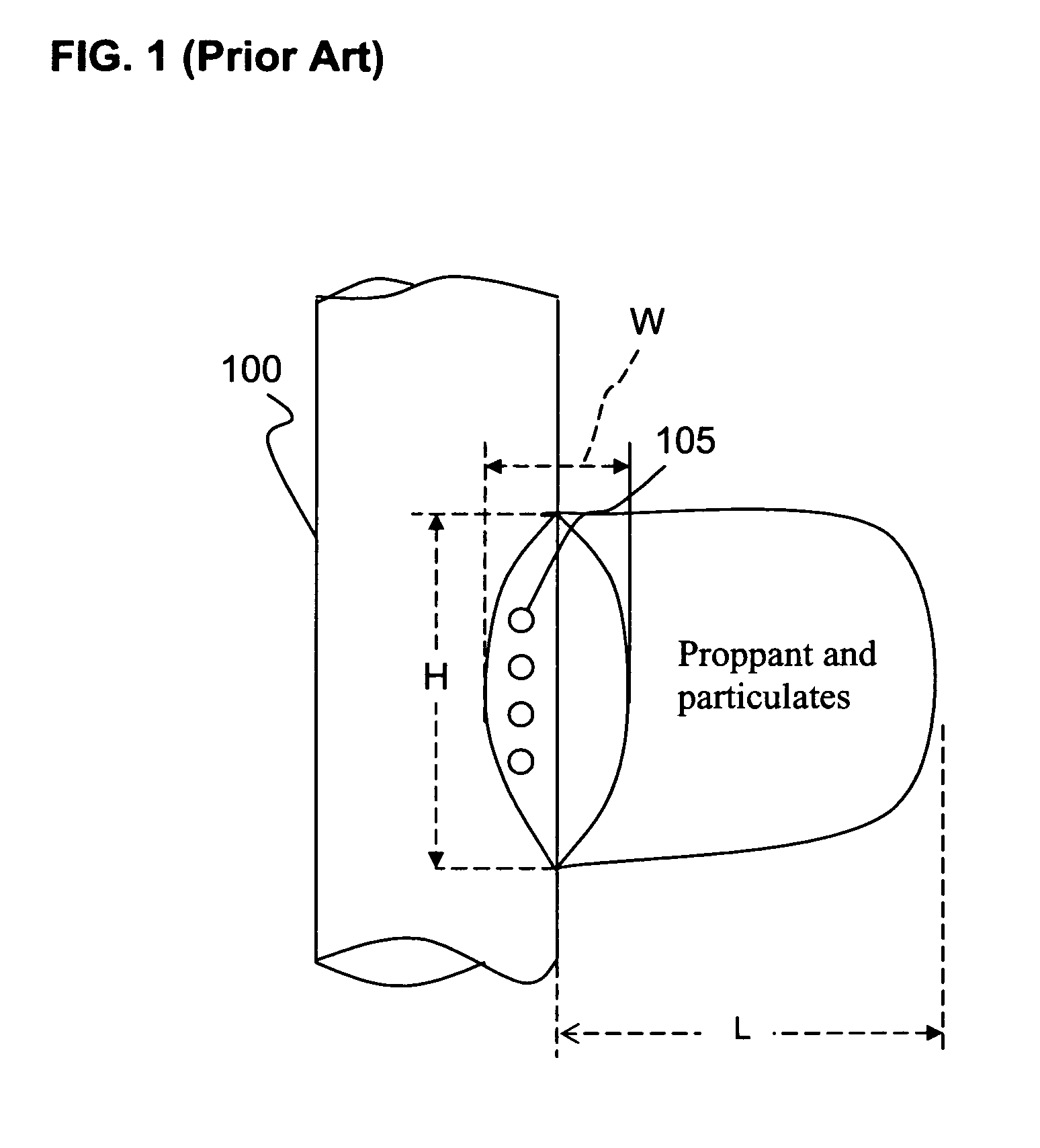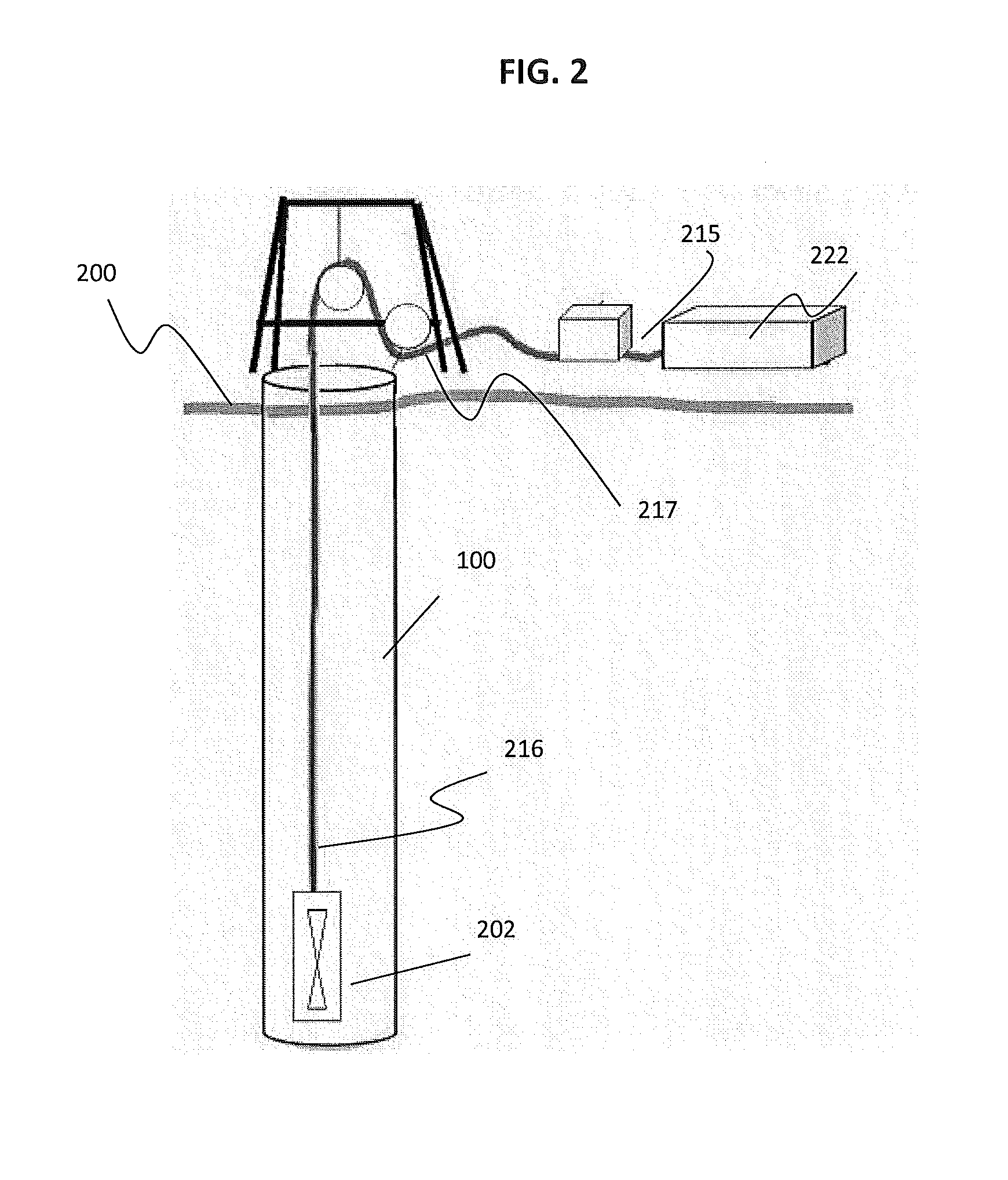Method for using logging device with down-hole transceiver for operation in extreme temperatures
a technology of logging device and transceiver, which is applied in the direction of measurement device, electromagnetic wave detection, instruments, etc., can solve the problems of pressure build-up, no reliable data connection of the length of the propped fracture, and often high financial risks of oil exploration and development oil wells
- Summary
- Abstract
- Description
- Claims
- Application Information
AI Technical Summary
Benefits of technology
Problems solved by technology
Method used
Image
Examples
example 1
10 GHz prototype design and testing
Equipment
[0120]An embodiment of the invention was tested with the components that would be down-hole tested in an oven at temperatures from 20 to 210° C.
[0121]The test apparatus had the components shown in FIG. 3A and was used to measure the distance of the moving blades of a fan (not shown). Thus, the embodiment employed in this example included a microwave signal source (microwave frequency generator) 221, a laser driver (laser transmitter) 225, a modulator 226, an audio amplifier / filter 230, mixer 250, microwave frequency generator 240 and RF spectrum analyzer 260, as well as a photodiode 505 and transceiver 510. The modulator 226 was connected to the photodiode 505 by 1 kilometer of polyimide coated fiber 300. The transceiver 510 was connected to the audio amp / filter 230 by a twisted pair of wires 302 (shown in FIG. 3A). Also, in the example a DC bias was applied to the photodiode 505 through a twisted pair (not shown). A DC bias source and som...
example 2
Propagation Experiments
[0153]The system of Example 1 was designed to operate at 10 GHz with a free space wavelength of 3 cm. This short wavelength was chosen to facilitate a 24 mm form factor on the down-hole receiver and antenna.
[0154]However, it was desired to learn about the electrical properties of various proppant that could be introduced into a subterranean fracture. The real and imaginary dielectric constant of such proppants influences the electromagnetic guiding properties of the fracture. This information, as well as the size of the casing, assists in choosing an optimum operating frequency.
[0155]Thus, after completing the 10 GHz prototype design and testing, the propagation loss in a few sample proppant materials was measured (understanding the optimal frequency may not be exactly 10 GHz).
[0156]The propagation experiment example was set up as follows. Two known lengths of 5 cm inside diameter Polyvinyl Chloride (PVC) pipe were capped at both ends after being filled with p...
example 3
[0177]This example used a simulated fracture sandstone model to perform propagation tests with proppants to determine the optimal operational frequencies to be used in fracture length detection. The test frequency range used was from 250 MHz to 3 GHz. Sand and CERAMAX proppants were used in the sandstone test.
[0178]FIG. 11A shows the electronics setup for the propagation test. Antennas 600, 601 are placed in the slots within the braces and surrounded by foam encapsulated by the plywood structure. Two antennas 600, 601 were used in the tests. Transmitting antennas (601) were placed at different locations as shown in FIG. 11A. The microwave network analyzer 620 was used to generate signals ranging from 250 MHz to 3 GHz. As shown in FIG. 11A, the attenuation of the signal was measured by comparing the received signal level at the receiving antenna (element 600) as the transmitting antenna (element 601) was changed.
[0179]The network analyzer 620 generates a signal in the frequency range...
PUM
 Login to View More
Login to View More Abstract
Description
Claims
Application Information
 Login to View More
Login to View More - R&D
- Intellectual Property
- Life Sciences
- Materials
- Tech Scout
- Unparalleled Data Quality
- Higher Quality Content
- 60% Fewer Hallucinations
Browse by: Latest US Patents, China's latest patents, Technical Efficacy Thesaurus, Application Domain, Technology Topic, Popular Technical Reports.
© 2025 PatSnap. All rights reserved.Legal|Privacy policy|Modern Slavery Act Transparency Statement|Sitemap|About US| Contact US: help@patsnap.com



